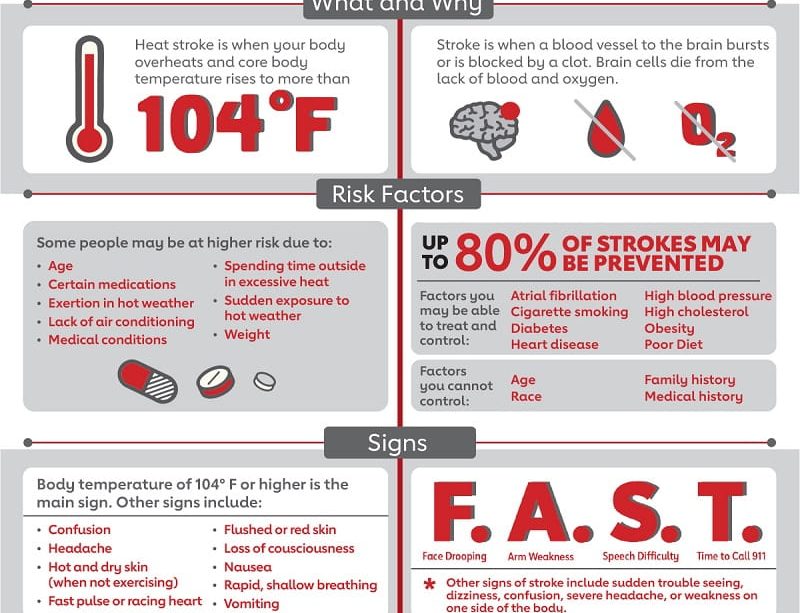What You Need to Know About Heat Stroke

Introduction to Heat Stroke
Heat stroke is a severe medical condition that occurs when the body overheats, leading to life-threatening complications. As global temperatures rise due to climate change, understanding heat stroke and its implications has become increasingly important. With the summer months approaching, it is crucial for people to be aware of the risks associated with heat stroke, particularly for vulnerable populations such as the elderly, children, and those with pre-existing health conditions.
What is Heat Stroke?
Heat stroke occurs when the body’s temperature regulation fails, typically when the core temperature exceeds 40°C (104°F). The condition may develop from prolonged exposure to high temperatures, especially in combination with strenuous physical activity. Symptoms may include confusion, rapid pulse, overheating, hot and dry skin, and in severe cases, loss of consciousness.
The Causes and Risk Factors
Heat stroke is primarily caused by two factors: environmental heat exposure and physical exertion. Certain risk factors can increase susceptibility, including:
- Age: Older individuals and young children are at a higher risk.
- Health Status: Pre-existing conditions such as obesity, diabetes, or cardiovascular diseases increase risks.
- Medications: Some medications can impair the body’s ability to regulate temperature.
- Dehydration: Insufficient fluid intake significantly raises the likelihood of heat-related illnesses.
Recent Trends and Statistics
Recent research indicates a worrying trend in heat-related illnesses associated with climate change. A report from the World Health Organization (WHO) notes that heat-related deaths are projected to increase as global temperatures rise. A study published in Environmental Research found that heat waves are becoming more frequent and intense, amplifying the risk of heat strokes.
Preventing Heat Stroke
Prevention is essential in mitigating the risks associated with heat stroke. Here are some effective strategies:
- Stay Hydrated: Drink plenty of water, especially on hot days or during strenuous activities.
- Avoid Peak Sunlight: Limit exposure to the sun between 10 AM and 4 PM when temperatures are highest.
- Wear Appropriate Clothing: Light-coloured, loose-fitting clothes can help keep the body cool.
- Monitor Vulnerable Individuals: Check on elderly relatives or neighbours during heat waves.
Conclusion
As climate change accelerates, heat stroke will likely pose an increasing threat globally. It is paramount for communities to recognise the signs of heat stroke and take proactive steps in prevention and education. Awareness and preparedness can ultimately save lives during the hottest months of the year, ensuring that everyone can enjoy safe and healthy summer activities.









